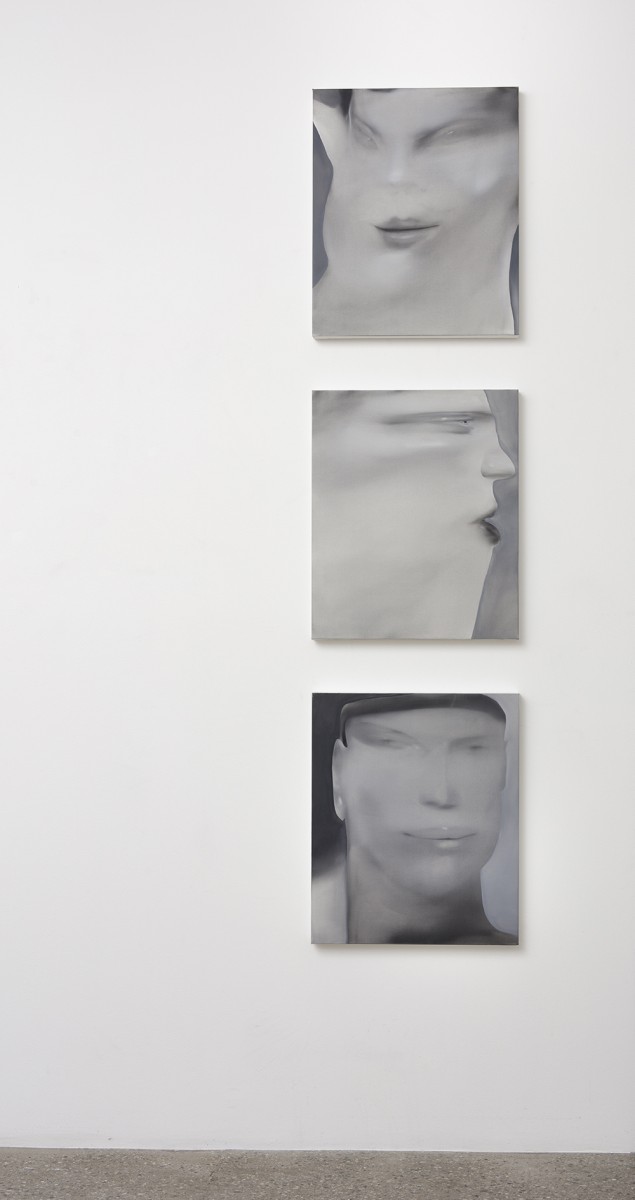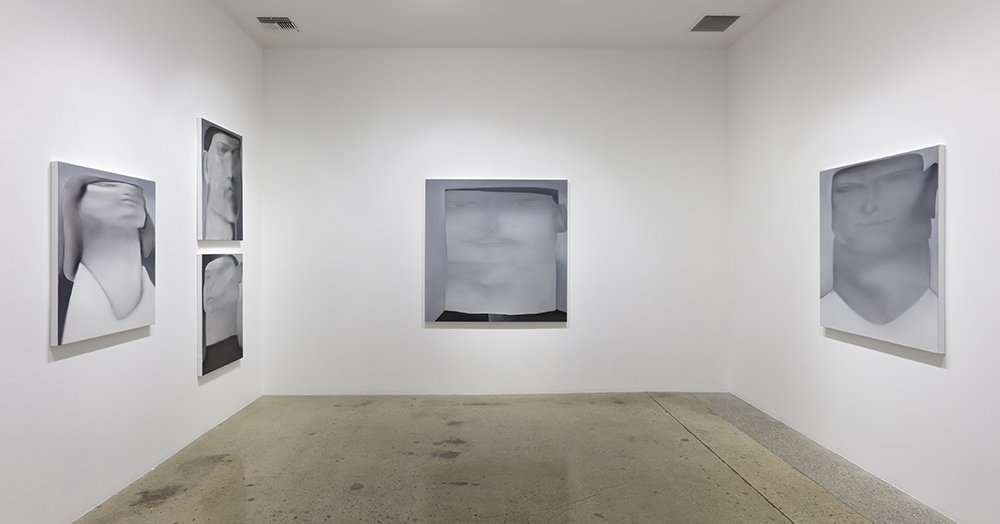
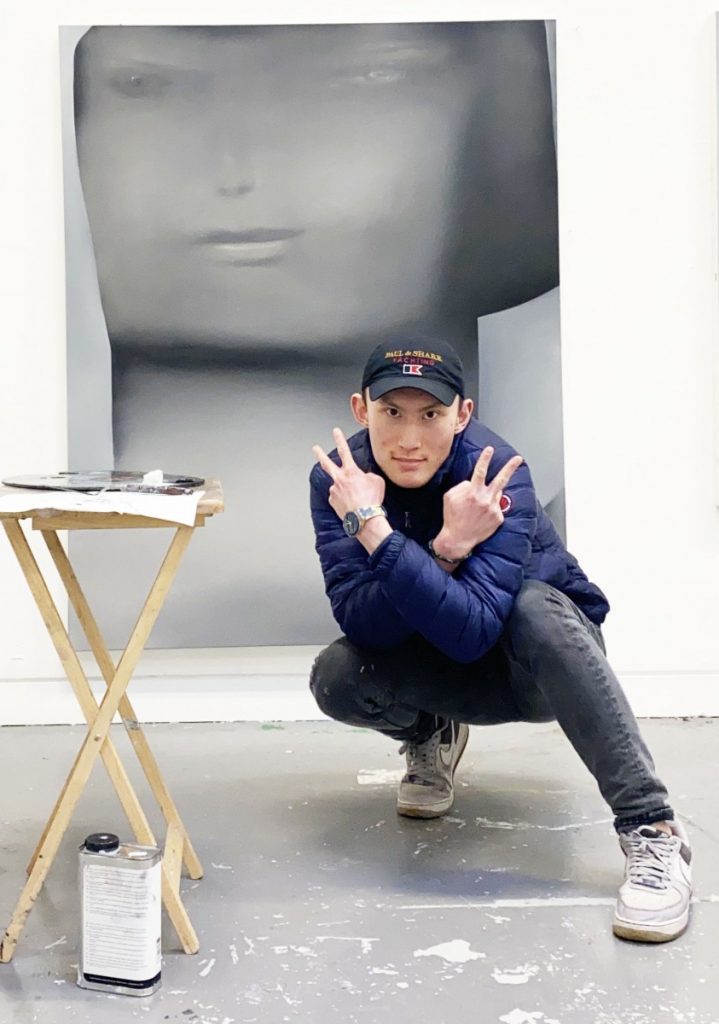
Jingze Du creates paintings that represent an oscillating position in between various alternatives: strength and weakness; fast and slow; masculine and feminine; validation and rejection; external and internal; and conformity and independence. These polarities represent Du’s status as an immigrant, someone whose life has been neatly divided into two parts, the first half in China; the second half in Ireland. For his first solo exhibition in the United States, at Steve Turner, Los Angeles, in May 2020, Du presented paintings that are largely grey with accents of black and white. Most depict heads in various configurations. Some are slightly contorted while others are more naturalistic. While they might also relate to someone the artist encountered, they are all essentially self-portraits.
Jingze Du was born in Yantai, China in 1995, then moved to Dublin when he was thirteen years old. He later earned his BA at the National College of Art & Design, Dublin (2017) and his MA from the Royal College of Art, London (2019). He had a solo exhibition at Sol Art Gallery, Dublin (2019) and has presented work in group exhibitions in London and Dublin since 2016.
Jingze Du in conversation with Steve Turner
Steve Turner:
Your biography is so striking as you have spent nearly half your life in China and half in Ireland. Can you share memories of your life in China? Where were you born? What were the circumstances of your life there? Why did you leave?
Jingze Du:
My childhood in China was relatively nice and privileged. I was born in the coastal city of Yantai. I got a lot of attention from my large family. There were four generations and on every weekend, we all gathered at my great-grandmother’s place for lunch. My grandfather and my aunts lived in Weihai which was one hour away. After he retired, my grandfather bought a big farm where he grew cherries and kiwi fruit and had many German Shepherds, Great Danes and Tibetan Mastiffs as his guard dogs. It was a very magical and serene place where I very happily spent most of my summer holidays. I was a bit mischievous, but did extremely well in school so the teachers put up with me.
When I was five, a great painter Wu Xiaolin was just returning from teaching in the United States. My grandfather arranged a big dinner so that I could meet him. At first, he was reluctant to take me on as a student because I was so young, but after seeing my drawings he decided to do so. His teaching style was very idiosyncratic in that he avoided teaching me specific techniques. He always frowned when my pictures became too stylized. Instead he emphasized developing strong fundamentals relating to composition, contrast, light and shadow and the necessity that each work has an immediate emotional impact. Even though my work is much different than his, I still enjoy sharing my works with him and getting his feedback.
My parents eventually drifted apart and my mum later married a man from Ireland and off we went to live in Galway, a city that is around 200 kilometers from Dublin.
ST:
What was that like? Did you arrive in Galway without speaking any English? How did you make the adjustment to your new life and did you continue making art?
JD:
It was tough at first, for almost EVERYTHING.
In 2008 there still wasn't a strong Chinese presence here. So my mum and I were hyper aware of what we were representing. We were very conscious of the way we acted, looked, spoke and dressed as we did not want to lose face for our home country. In China, we were taught English, but mostly grammar. My vocabulary was very weak, and school was definitely very challenging at first. But I was afraid of doing poorly. I was terrified to do anything that would damage China’s image. To learn English faster, I began to memorize entire textbooks. This also enabled me to get top marks in exams. I continued to practice drawing and painting whenever possible. My mum and I were very strapped at the time, but she was still very determined to find me a good art teacher. I didn’t want to disappoint her so I tried to improve quickly on my own and wanted to excel in any way possible. Around the spring following our arrival, I began to sell small pen and ink drawings on the main shopping street. I was able to get more and better materials after that. My mum is an extremely good dress-maker, and soon she made many friends here as well. My English later got much better after I moved to Dublin for college. I got to know many other artists, some of whom also had talent in music and songwriting. Music and its lyrics definitely helped me become more expressive and thoughtful.
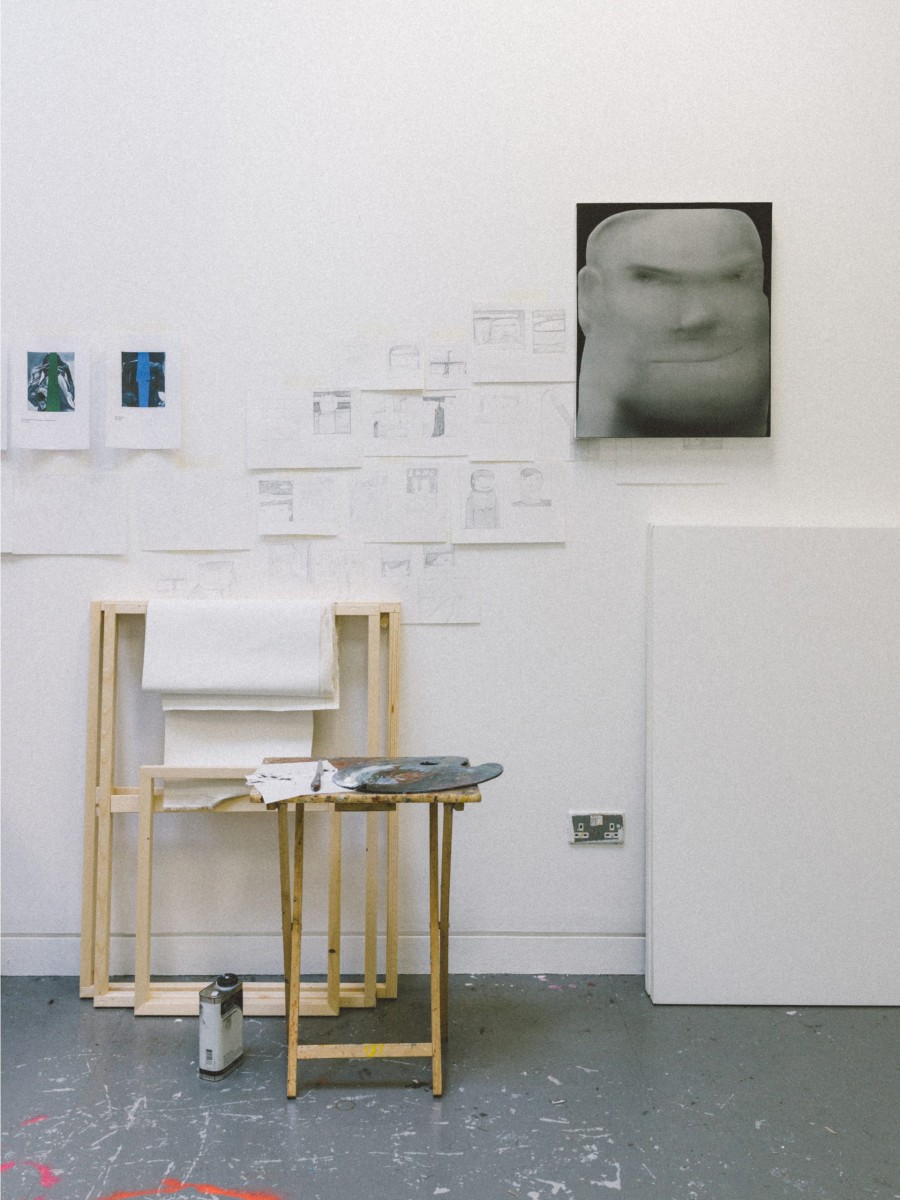
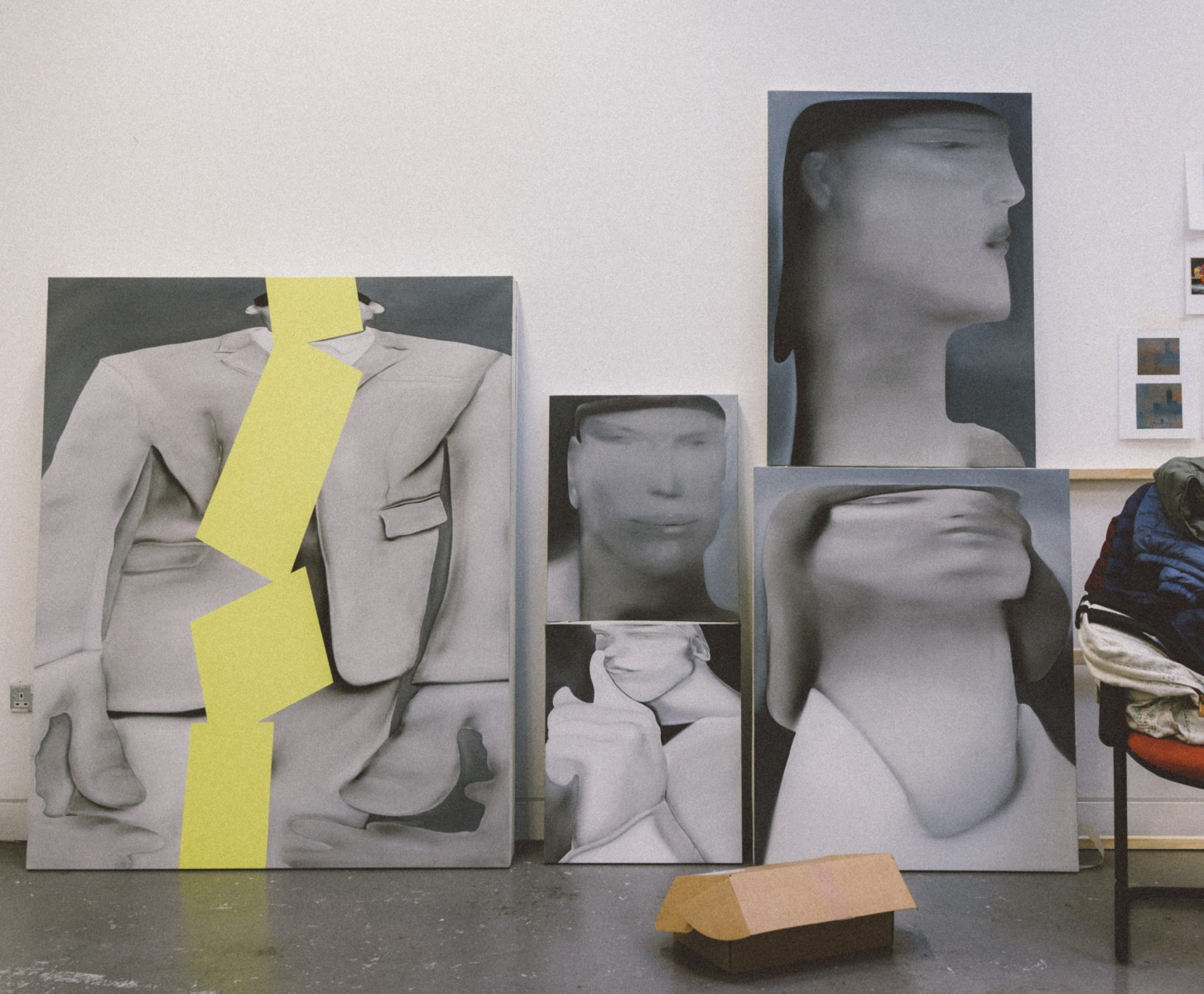
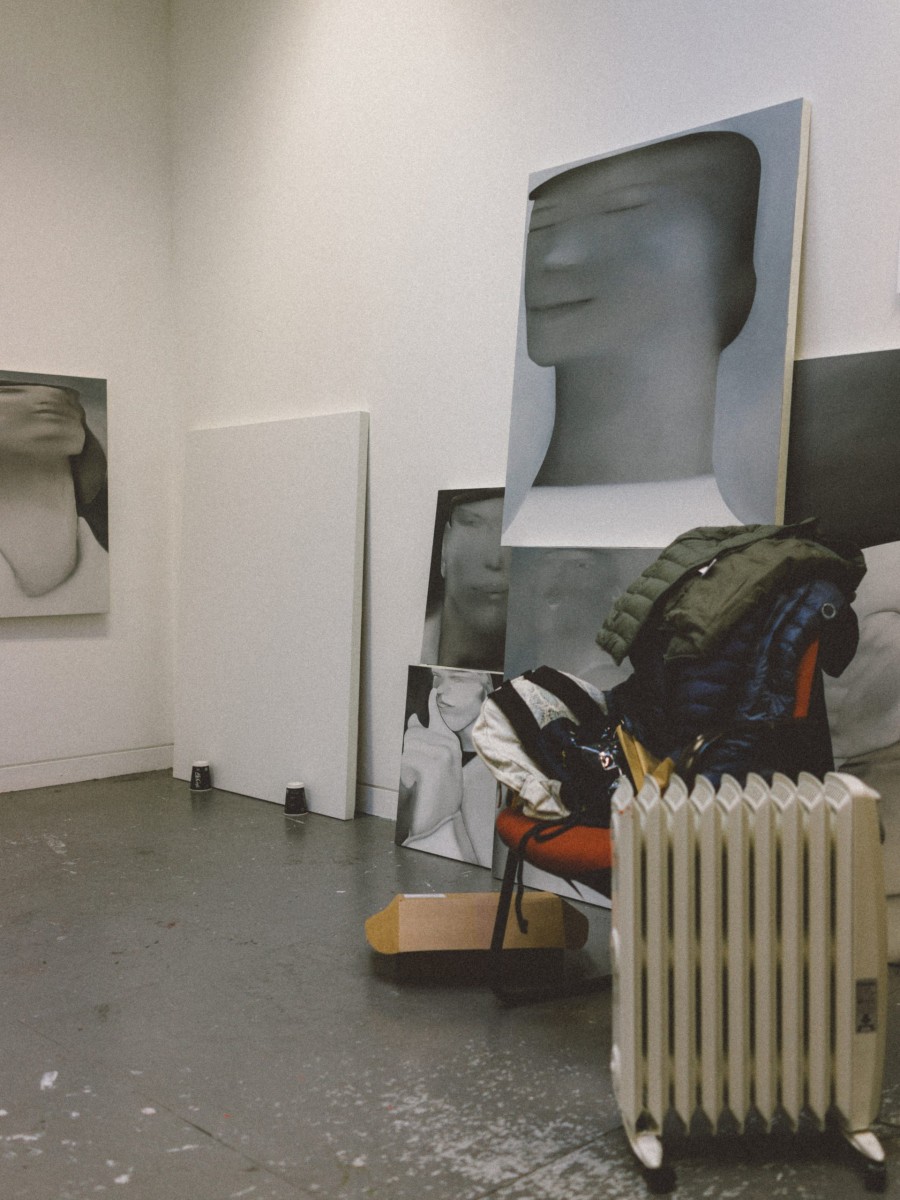
ST:
Which college did you attend in Dublin and what was the curriculum? I also wonder if after five important formative years in Ireland you were feeling a bit Irish as well.
JD:
I attended the National College of Art and Design. It was a three year BFA course. There was a core year in the first year, and for the first half, students of all disciplines were mixed together. In the second half, we were divided into fine art and design. In the second and third years, we were in our own departments. Mine was painting. The fashion department was just one floor below us. It was amazing because I often visited for inspiration. My fashion pals were very disciplined and hardworking. There were mood boards and interesting fabrics and silhouettes everywhere.
I also had a lot of mates in the visual communication department where I frequently visited. I remember there was a lot of emphasis on typography for them. I remember how they often spent long hours perfecting the smallest details or adjusting spacing or size.
My best friend from college, Zak Milofsky, taught me a lot about photography. He was very interested in the technology of it. He often invited me to his shoots where I acted as his assistant.
The painting department was headed by Robert Armstrong. My tutor was Ollie Whelan. He was great at describing things. He would often describe the work or show that he recently saw and was able to convey the sound, colour, smell and scale of all he saw with such captivating language. Diana Copperwhite taught me from time to time as well. Genieve Figgis graduated two years before I started. She was a legendary figure for many of us. I remember looking through many books on fashion photographers including Tim Walker, Nick Knight, Paolo Roversi and Juergen Teller.
Irishness? I suppose.
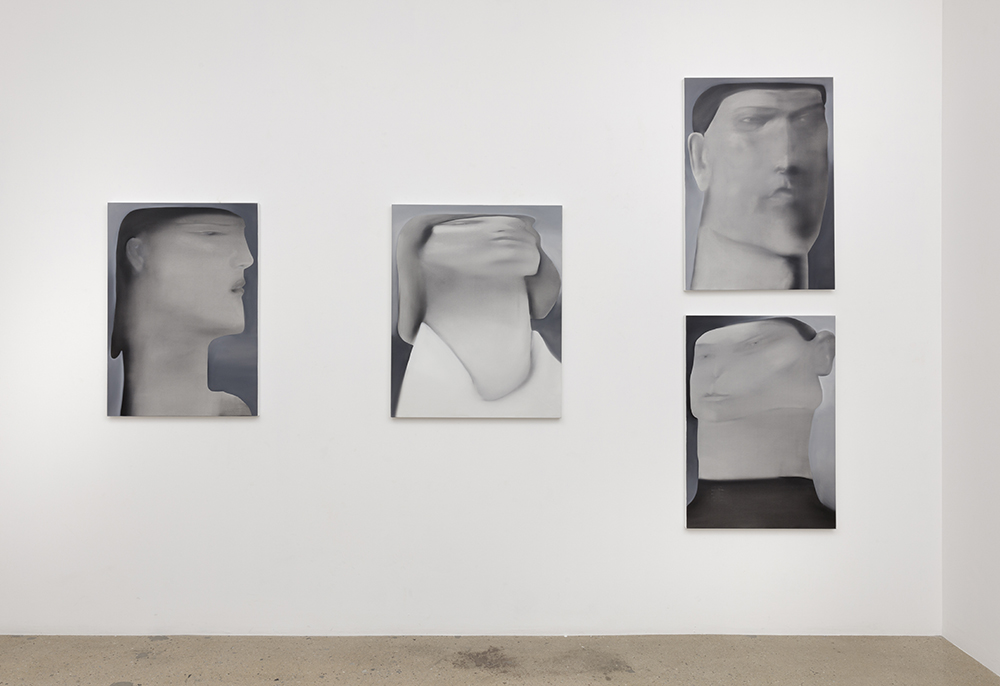
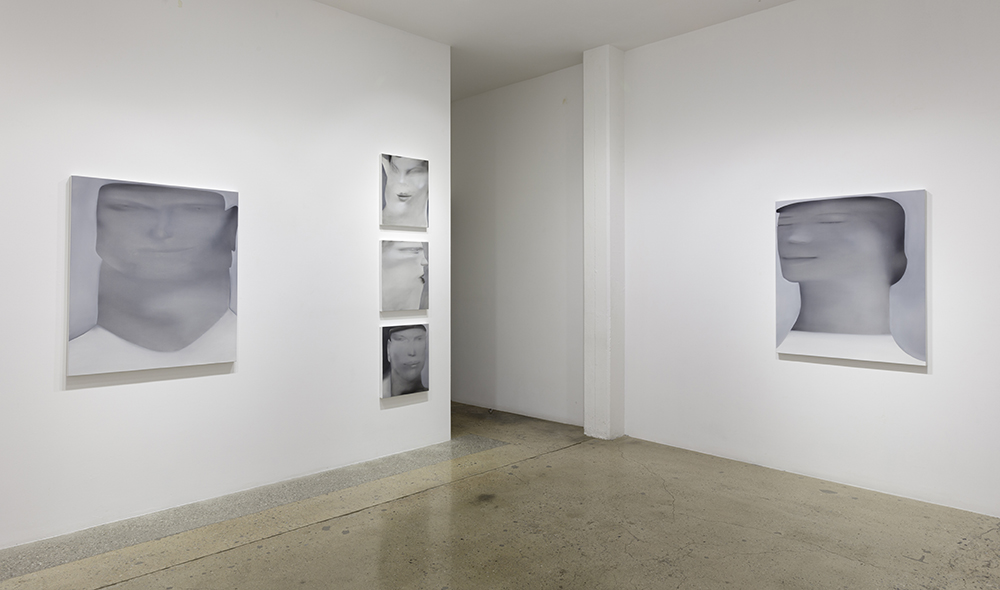
ST:
So you finished your studies at the National College of Art and Design and now you had been in Ireland for approximately eight years. Did you feel as though you belonged? Did you still feel as though you were somehow representing China through your achievements?
JD:
Almost anywhere you go in Ireland, you immediately feel the warmth and welcoming nature of the Irish people. I experienced that from day one. On top of that, I have many great friends and mentors that share similar experiences and who also have great enthusiasm towards art and culture. We all support and encourage each other to be better. So yes, I very much feel at home in Ireland.
I also value and am very proud of the Chinese side of my identity, but I don’t think I’m still representing China as though it is my obligation. In terms of achievement, I just want to do more by making the best work I can make and be the best person I can be. I actually haven’t thought of the word achievement for a very long time. I just want to discover better versions of myself and be open to having more experiences and more opportunities to explore.
ST:
I note that you earned your MA at Royal College of Art, London. What was that experience like and how did you enjoy living in London?
JD:
After my undergrad in Dublin, I started my MA straight away in London. I was quite lost during my first year. Because of the high tuition and living costs, at first I think I felt I needed to spend most of my time working in my studio. This was a bit isolating. At some point, I visited the studio of Ellius Grace, an old mate from Ireland. It was in Hackney and I remember that he told me of all the interesting bookshops to visit. From then on, I began to enjoy a broader experience in London. It has so many interesting things going on all the time. The museums, galleries and fairs alone are amazing. On top of that, there are many great parks, places to walk, and spots for delicious desserts and hotpots. There were also many people to finally meet in person, friends that I had made on social media before I lived in London. At RCA, most of the students were at least two or three years older than I. They set very high standards and this caused me to become more disciplined and professional. I gained valuable experience by having many studio visits and by visiting other artists’ studios. It was a very dense two years and it was over so quickly. Now of course I love London.
ST:
Tell me more about your experiences on social media, and by that, am I right to assume you mean Instagram?
JD:
Social media is a big game changer. I can communicate with friends who live here or in the UK, China, Germany and many other countries around the world. Instagram connects me to so many new people and possibilities. It makes the world feel like a global village. I'm able to see the works of my contemporaries and be more alert of what's happening around the world.
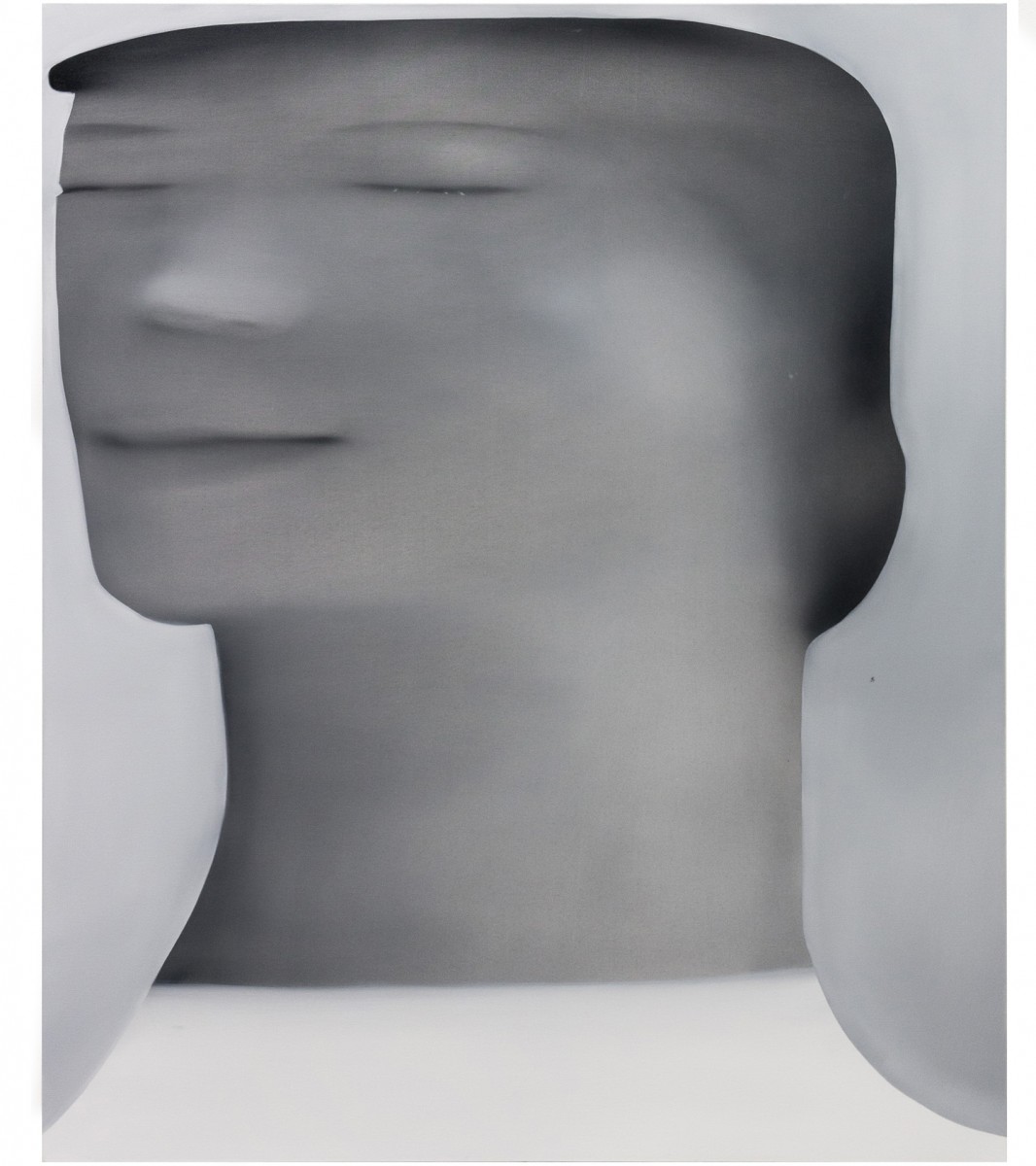
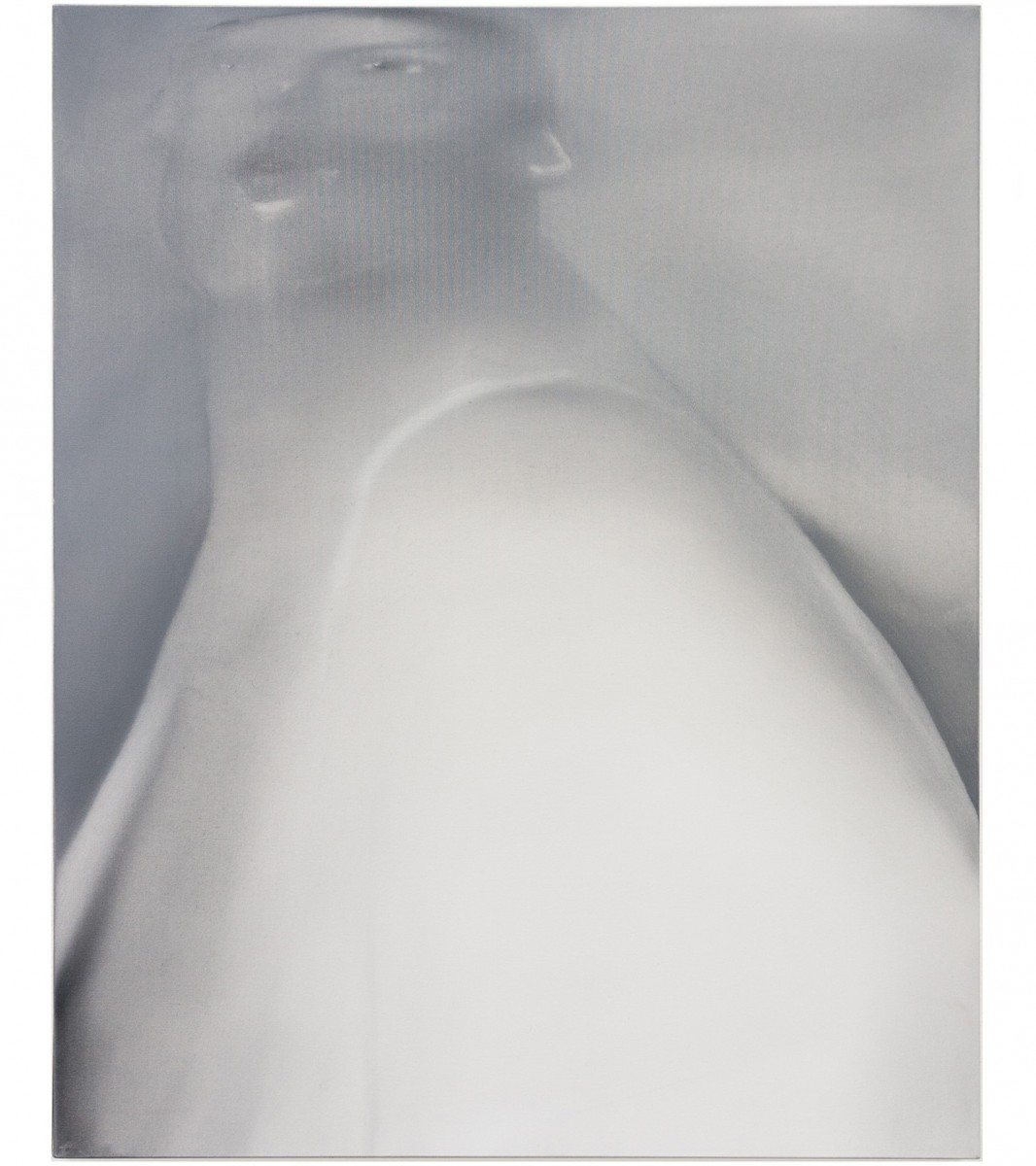
ST:
OK. Let’s talk about your work and your solo exhibition at my gallery. I recall very well when I met you at Art Dusseldorf in November 2019. You were visiting the fair and we had a very nice conversation in my booth. I immediately started following you on Instagram and then in early 2020 you posted a work that caused me to immediately send you a note. It was a portrait that was exclusively in shades of gray and black and it blew me away. A few days later we scheduled this exhibition. Tell me about the evolution of your work, from the works you were creating in late 2019 to the breakthrough works of 2020.
JD:
I was living in Dusseldorf during the second half of 2019. My aunt lives there and she invited me to stay with her and to use her garage as a studio. While I was there, I continued making works similar to those I had made in London, but at some point, I felt that they were a bit forced. Then, The Royal Hibernian Academy in Dublin offered me a six-month residency which started in January 2020. With that I finally had a big, bright studio and that has made all the difference in the world. After coming back to Dublin, in an instant, I felt very much at home. It felt like a mysterious force came over me. It reminded me of scenes from Macbeth: the weather, the wind, the mud, the rituals, the pagan forces and that humans are at the mercy of nature. In the past, I avoided dealing with identity issues in my work, but now it felt very natural and I was comfortable exploring my past. I was a bit of an existentialist before I moved to London in 2017. Part of that is returning.
On a technical level, I started to use linen instead of canvas. The grain is much finer so I was able to improve the quality of the surface of my paintings. I also started to use much thinner oil paint enabling me to better control subtle tonal differences. I very much like the difference between the warmer and colder greys in each picture. I aim for a level of simplicity that I hope yields a feeling of soulfulness. That is my objective anyway.
ST:
Well, Dublin has made the difference for you because these new works are superb and I do sense a soulfulness. You selected “In Between” as the title of your current solo exhibition. What does that mean to you?
JD:
I was thinking about the space In between various extremes: strength and weakness; fast and slow; masculine and feminine; validation and rejection; external and internal; conformity and independence as well as the space in between the Chinese me and the Irish me.
I think whenever I start to live in a new environment, parts of my identity are repressed. I tend to retreat into being the outsider, learning by observing the new and contrasting it to what I have experienced elsewhere. In returning to Ireland, I was returning to a familiar place and I believe that enabled me to explore the extremes of my identity.
Click here to see Jingze Du's solo exhibition
Please direct inquiries to:
steve@steveturner.la
jonathan@steveturner.la

